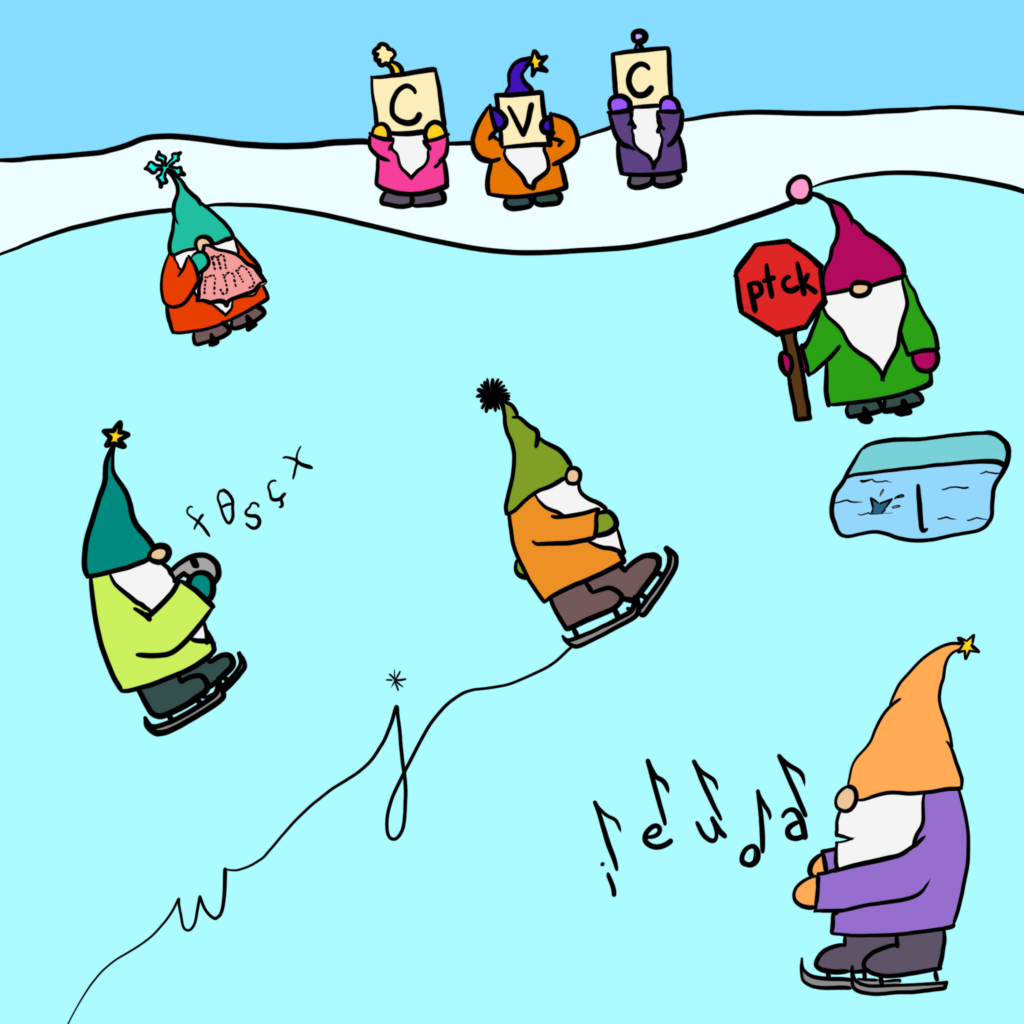Last year I created an image to highlight the sounds I selected for the proto-stages of my NisseLang. I decided to stick with what I had already created as I continued work on that project this year. Here is the image:

As shown in the image, Proto-NisseLang has a classic five-vowel system of [i, e, u, o, a] and a very simple CVC syllable structure (with any sound allowed as a coda, and optional onsets and codas).
There are no voicing distinctions in the stops and fricatives, with the stops [p, t, c, k] and fricatives [f, θ, s, ç, x]. The proto-language also has four nasals [m, n, ɲ, ŋ], the glides [w, j], and the liquid [l]. (No “r” in this language!)
Going into the language brainstorming process, I was convinced I would be creating a VSO language with more analytic tendencies. However, due to some very specific ideas I had about sound changes, which led to some ideas for pushing elements together, the plans I had for the language shifted kinda drastically. Its current trajectory is an OVS language (there’s a whole story behind that, which I’ll tell in another post) with highly synthetic tendencies. Very highly synthetic.
It was only after working on the language for quite some time that I realized some of the similarities between the phonology of Wokuthízhű (the language of mice that David and I created in the third season of LangTime studio) and NisseLang. And I’m quite excited by that. I think it will be fascinating to see how those two systems, with all their similarities, will result in two distinct languages. Plus, it’s no secret that Wokuthízhű is my favorite LangTime creation (Engála is a close second), so I love that I’ve accidentally created this homage to our adorable little mouse speakers (or “squeakers,” if you will).
